The Moon
Last weekend, I hosted an astrophotography workshop on lunar photography for our local astronomy club. Tonight the skies finally cleared, and I got to apply what was learned! Here’s our lunar neighbor, in hi-res glory.

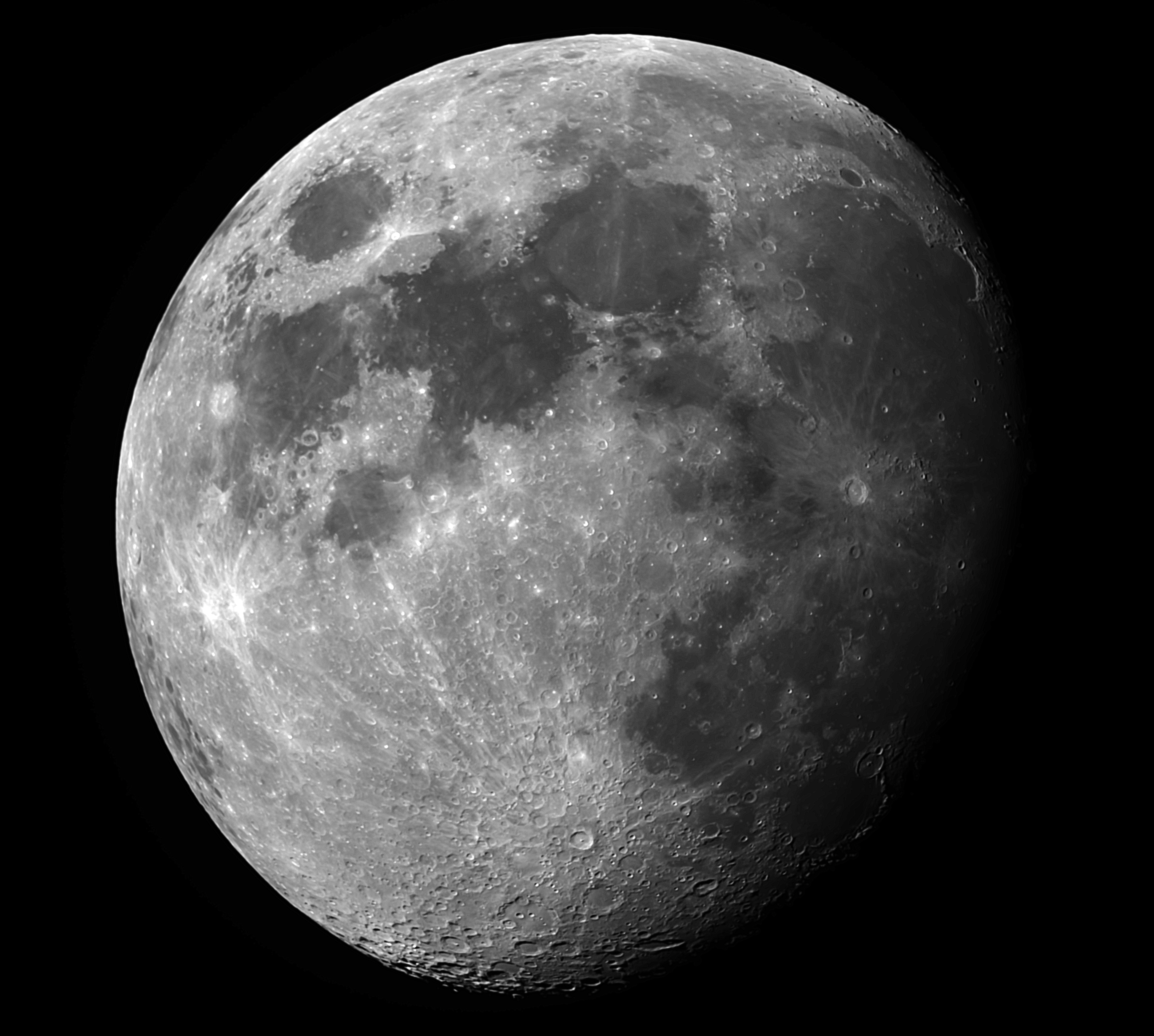
Last weekend, I hosted an astrophotography workshop on lunar photography for our local astronomy club. Tonight the skies finally cleared, and I got to apply what was learned! Here’s our lunar neighbor, in hi-res glory.

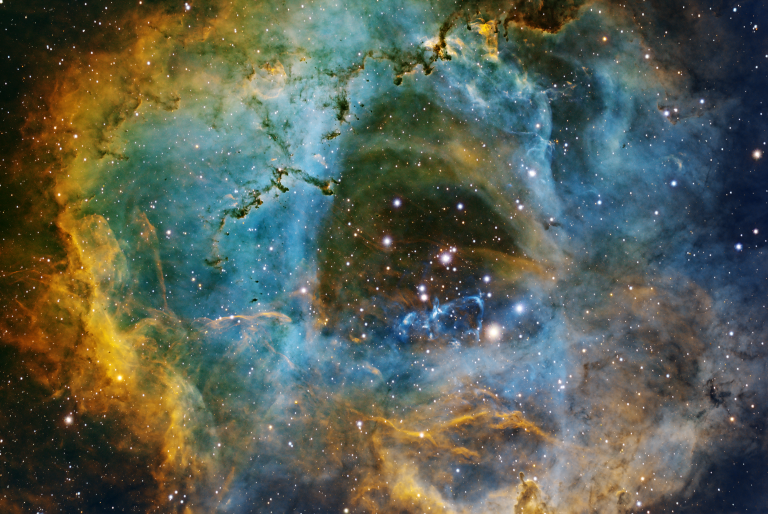
Had a couple of clear nights recently, and trained the ‘scope at the Rosette Nebula again. By combining this year’s data with last year’s, I created an image with a total 27 hours of exposure time! The Rosette Nebula is about 5,000 light-years away within the constellation Monoceros, and is the birthplace of the cluster…
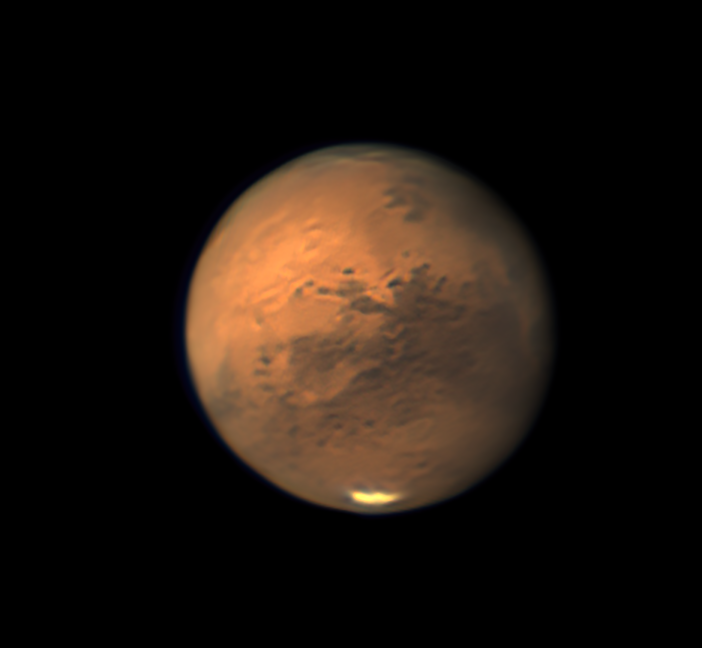
The amateur astronomy community is pretty excited at Mars lately – it’s nearing its closest approach to Earth right now, and this one’s even closer than usual. That means some of the best viewing and imaging opportunities for the Red Planet you’ll ever get. When the skies clear and the atmosphere is still, it’s an…

If you’re serious about becoming a better astrophotographer, like with anything, it’s all about practice. With every image you produce, you’ll learn something that makes your next image a little better. But life has a habit of getting in the way. You’ve had a long, tiring day at work – do you really want to…
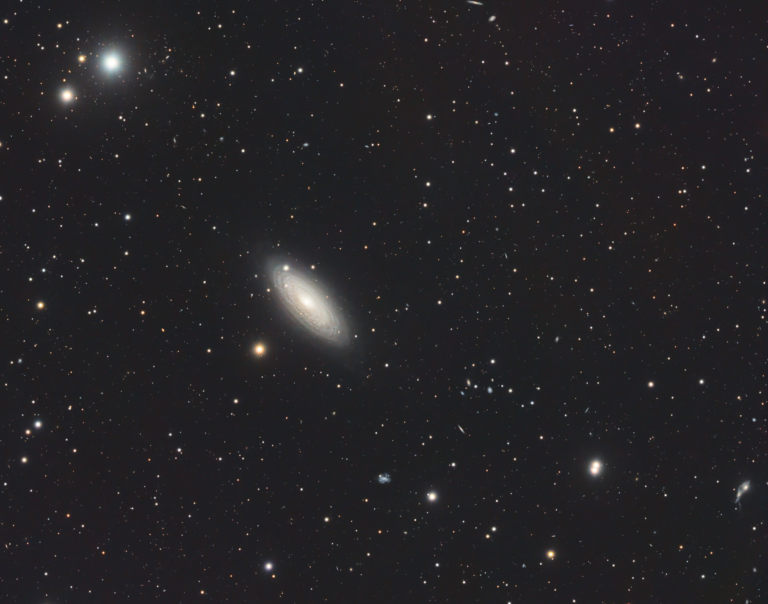
This is a somewhat obscure target; at 46 million light-years distant, it’s hard to capture much detail on it from Earth. But that’s what makes it interesting and challenging! Located within the constellation Ursa Major, this is a flocculent spiral galaxy notable for its massive central core. Look around in the background, and you’ll find…
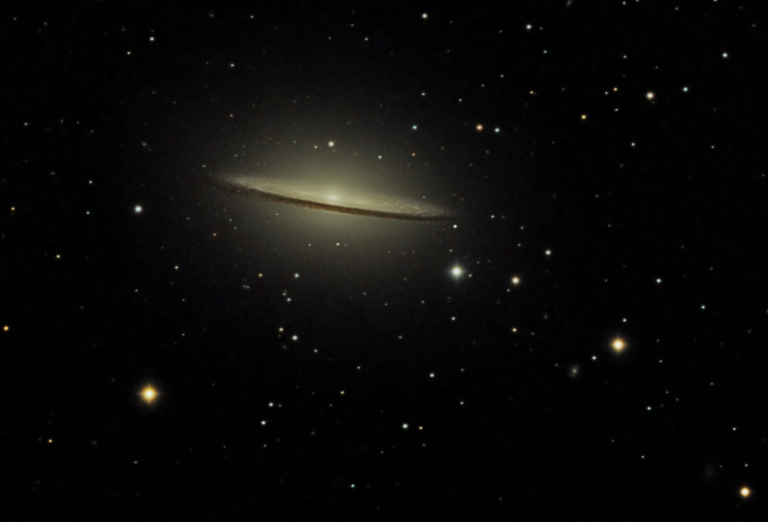
M104 is known as the “Sombrero Galaxy” due to its visual appearance – but a deep, long-exposure image reveals its true structure. It’s a lenticular galaxy about 30 million light-years away, about 30% the size of our own Milky Way galaxy.
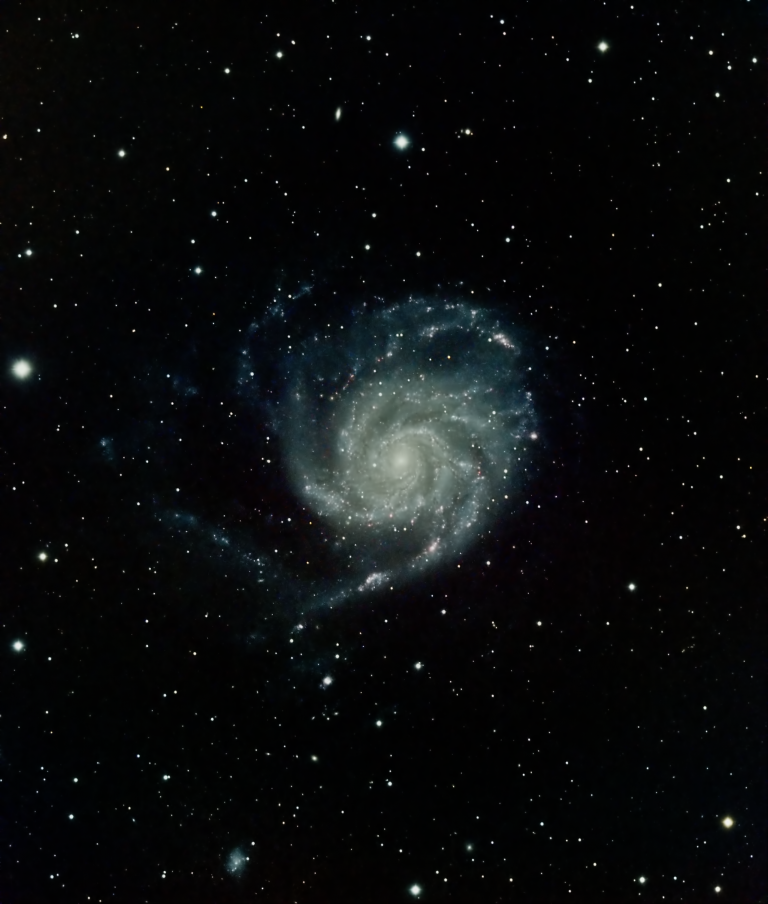
Hope to revisit this under better conditions in the future; but this came out OK considering a bright moon was out the night it was taken. The Pinwheel Galaxy (M101) is near the end of the handle of the Big Dipper in the sky, although physically it is tens of millions of light-years more distant.